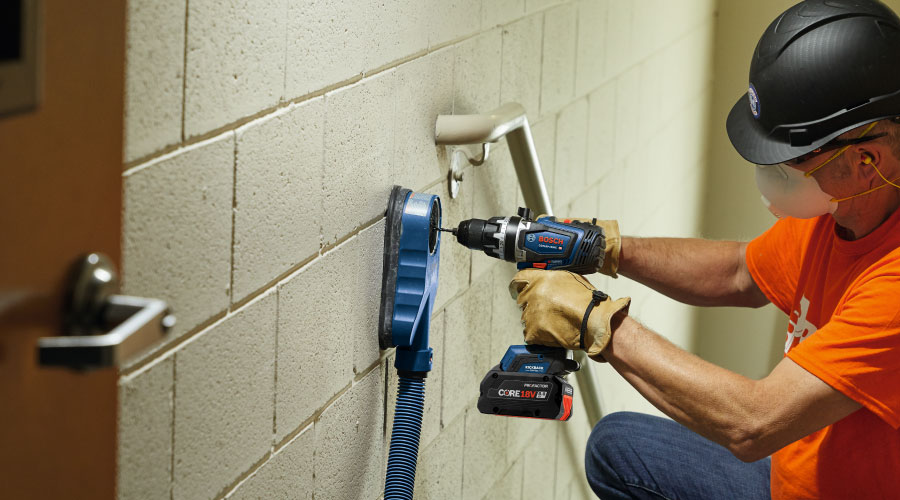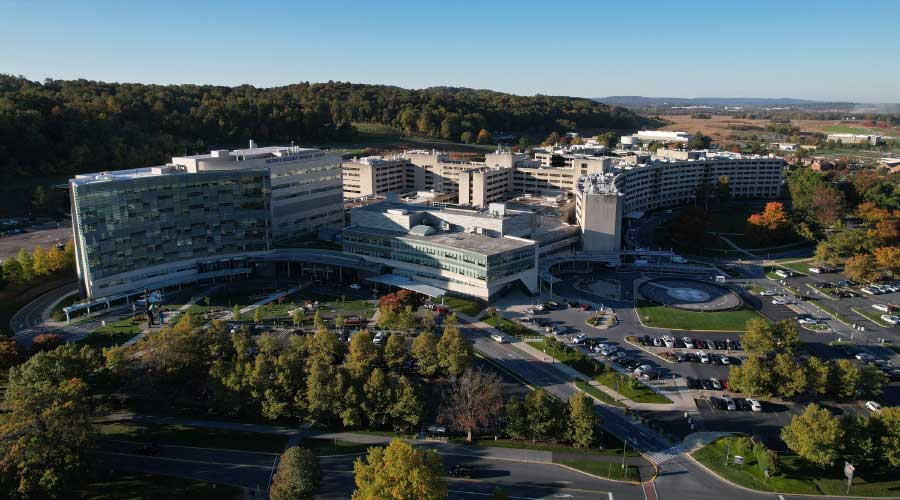Demand Response: Delivering Efficiency and Savings
Demand-response programs offer maintenance and engineering managers opportunities to deliver energy efficiency and savings to their organizations. And as institutional and commercial facilities continue to search for bottom-line benefits, such incentive programs from utilities have become more popular.
Thomas Smyth, the director of facilities at Cobleskill (N.Y.) Regional Hospital, agrees.
“I thought it was a good opportunity for us to save money, and that is the exclusive reason why I joined the program,” Smyth says. “I could show that we were doing all that we could to consume less electricity and save money.”
Before making the decision to take part in a demand-response program, managers need to weigh a number of factors. Among them are the program’s technology requirements, ensuring effective communication with the utility and within the facility, and monitoring the program to ensure the program delivers the intended benefits.
Innovative way to save
The East Meadow School District in Westbury, N.Y., has participated in a demand-response program since 2008, focusing its savings efforts mostly on corridor lighting, lighting in non-essential areas, and the air-conditioning system.
“We are always looking for innovative ways to generate savings for the taxpayers we serve,” says Patrick Pizzo, the district’s administrator of operations. “There are many opportunities available to districts to generate savings or derive revenue.”
The situation is a win-win for the school district, which was asked to reduce its kilowatt (kW) use by 30,000 per megawatt (mW) per year, which breaks down to 20,000 mW in summer and 10 mW in the winter.
“For minimal effort, we realize a benefit of over $3,000 per year,” Pizzo says. However, the school district does not incur any penalties if it does not meet its targets, which makes participation in the program more appealing.
When Smyth’s organization decided to participate in a demand-response program, its local utility set a minimum target amount of kW the hospital needed to meet, and it assessed penalties if the hospital failed to meet the target.
“We exercised our generators about six times, with small amounts of monies coming to us each time,” he says. “My primary motive in participating in the program was the money that would be paid back to the hospital. Being a program participant is also good politically because it demonstrates our willingness to lessen our impact on the environment. We are being good citizens, and it can be accomplished with some mileage being achieved.”
Related Topics:















